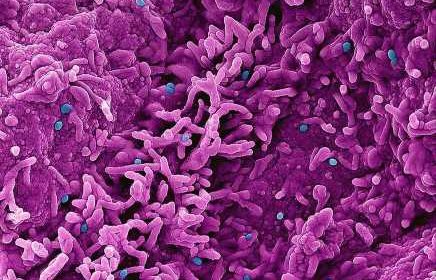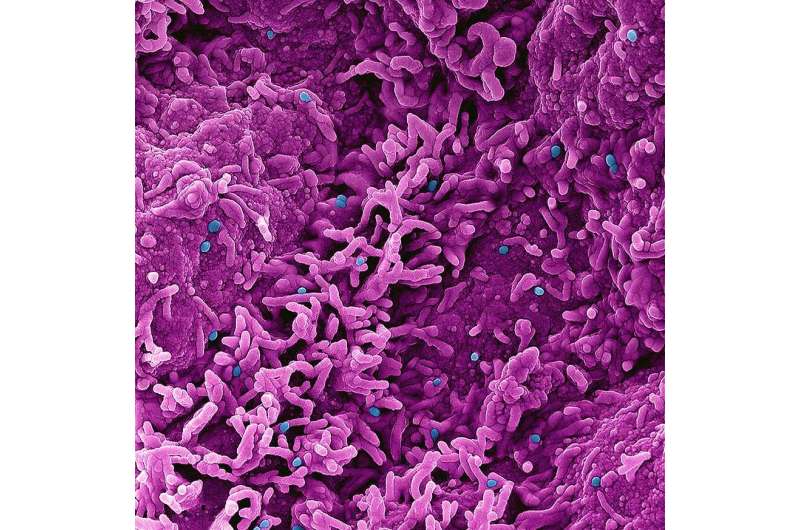Scientists develop mouse model to study mpox virulence

Scientists from the National Institute of Allergy and Infectious Diseases (NIAID), part of the National Institutes of Health, have removed a major roadblock to better understanding of mpox (formerly, monkeypox). They developed a mouse model of the disease and used it to demonstrate clear differences in virulence among the major genetic groups (clades) of mpox virus (MPXV).
The research, appearing in Proceedings of the National Academy of Science, was led by Bernard Moss, M.D., Ph.D., chief of the Genetic Engineering Section of NIAID’s Laboratory of Viral Diseases.
Historically, mpox, a disease resembling smallpox, was only occasionally transmitted from rodents to non-human primates or people, and was observed primarily in several African countries. Mpox rarely spread from person to person. That pattern changed in 2022 with an outbreak in which person-to-person mpox transmission occurred in more than 100 locations worldwide.
To date, more than 80,000 cases of mpox have been diagnosed during this outbreak. Genome sequencing revealed that the strain causing the current outbreak, clade IIb, differs from two historic clades; clade I, which has a mortality rate of up to 10%, and clade IIa, which has a mortality rate of less than 1%. Mortality from clade IIb MPXV is lower than either of the historic clades.
Standard inbred laboratory mice are resistant to MPXV infection, and the absence of a small animal model of mpox has made it difficult to study how genetic differences contribute to observed differences in virulence. Dr. Moss and his colleagues identified a strain of wild-derived, inbred lab mouse (CAST/EiJ) and determined that these mice can be infected with MPXV. As in people, clade I was the most virulent in CAST mice, followed by clade IIa, then clade IIb.
Unexpectedly, clade IIb virus was 100 times less virulent than clade IIa virus in mice and led to very little viral replication and much lower virulence than either of the historic clades. No mice died of clade IIb infection, despite exposure to extremely large doses of virus. Together, the results suggest that clade IIb is evolving diminished virulence or adapting to other species, the researchers conclude.
More information:
Jeffrey L. Americo et al, Virulence differences of mpox (monkeypox) virus clades I, IIa, and IIb.1 in a small animal model, Proceedings of the National Academy of Sciences (2023). DOI: 10.1073/pnas.2220415120. www.pnas.org/doi/10.1073/pnas.2220415120
Journal information:
Proceedings of the National Academy of Sciences
Source: Read Full Article
